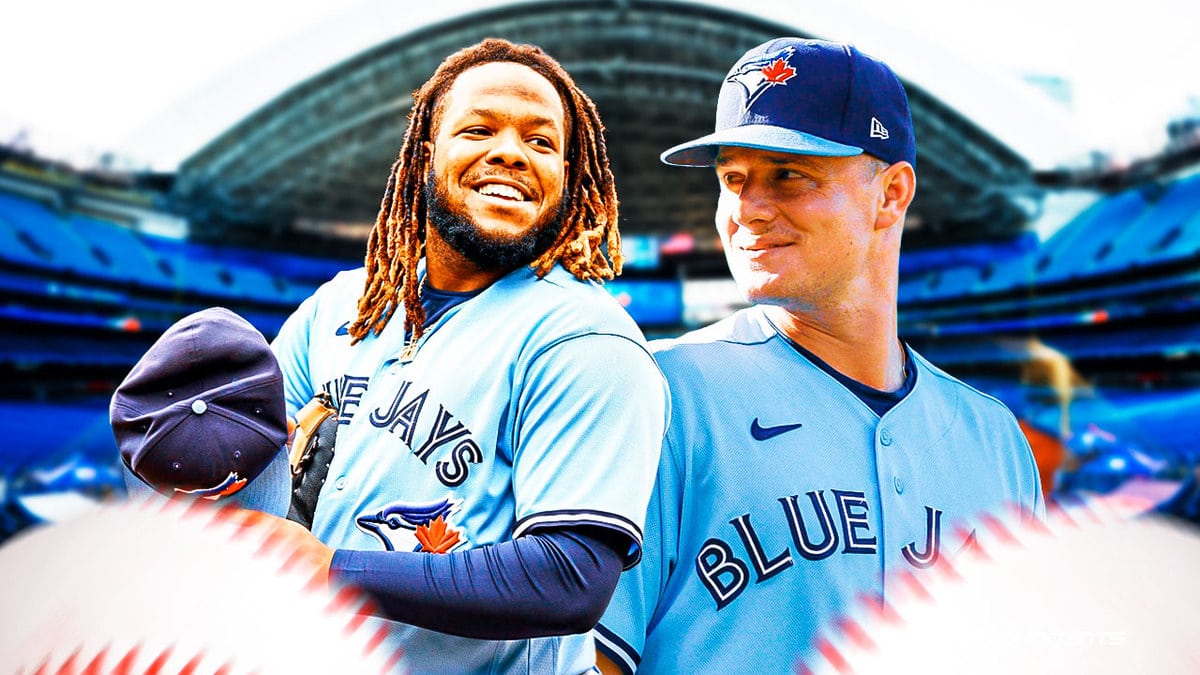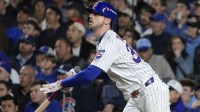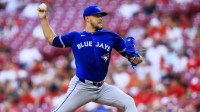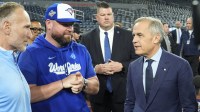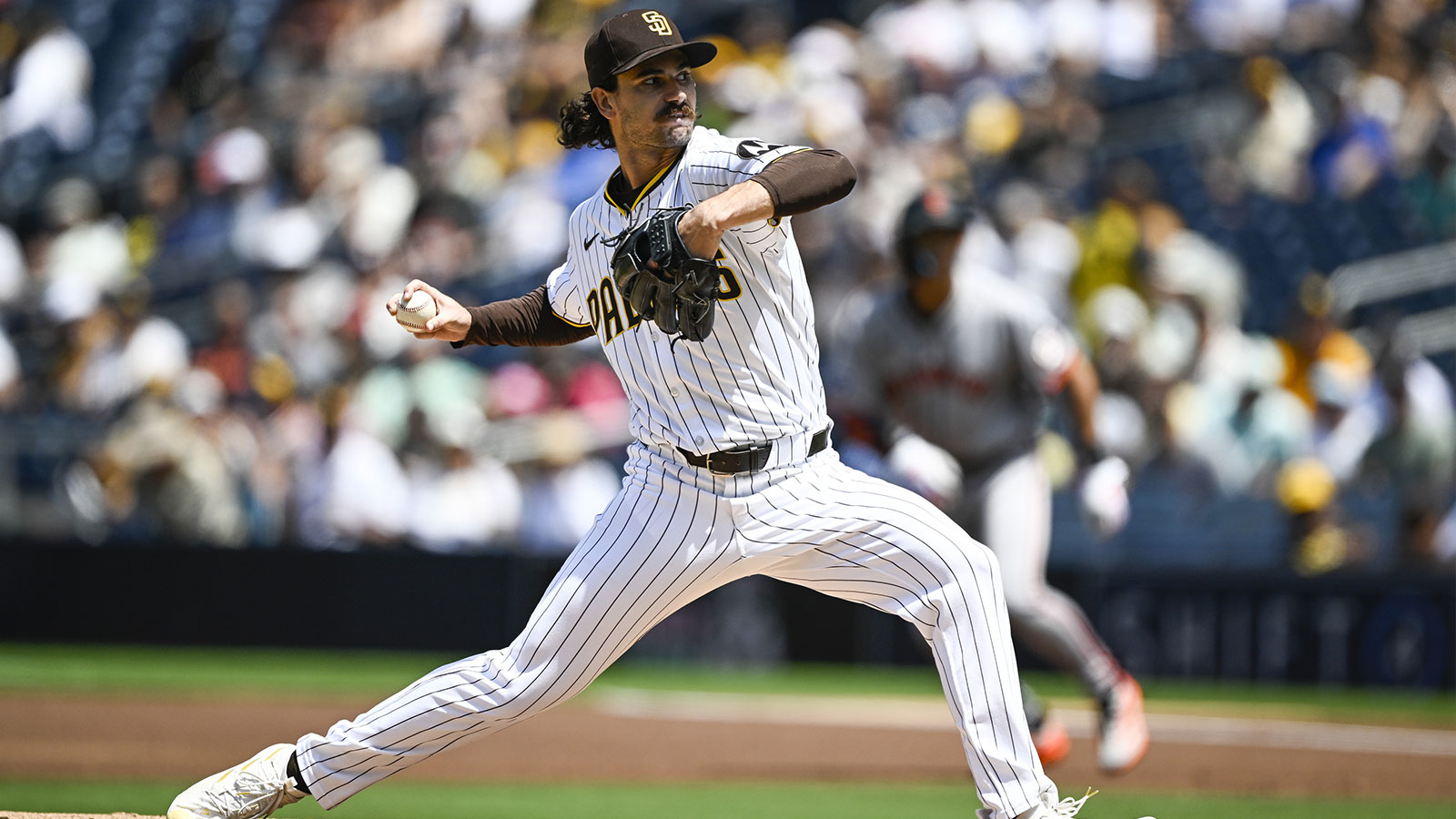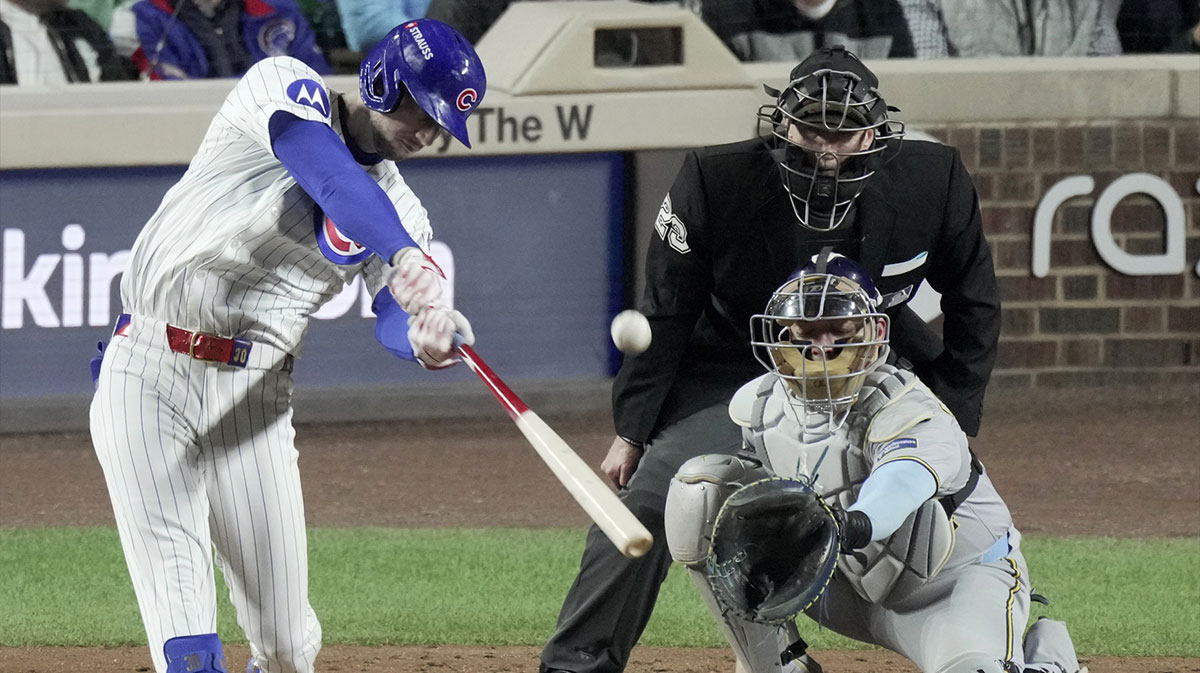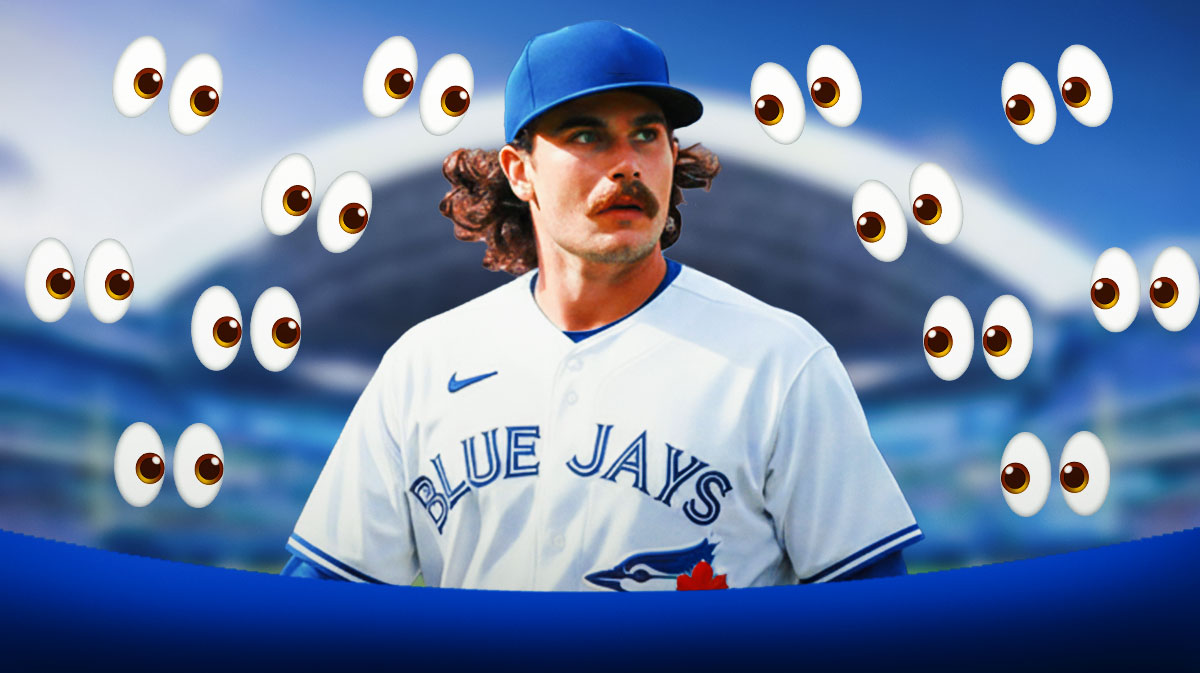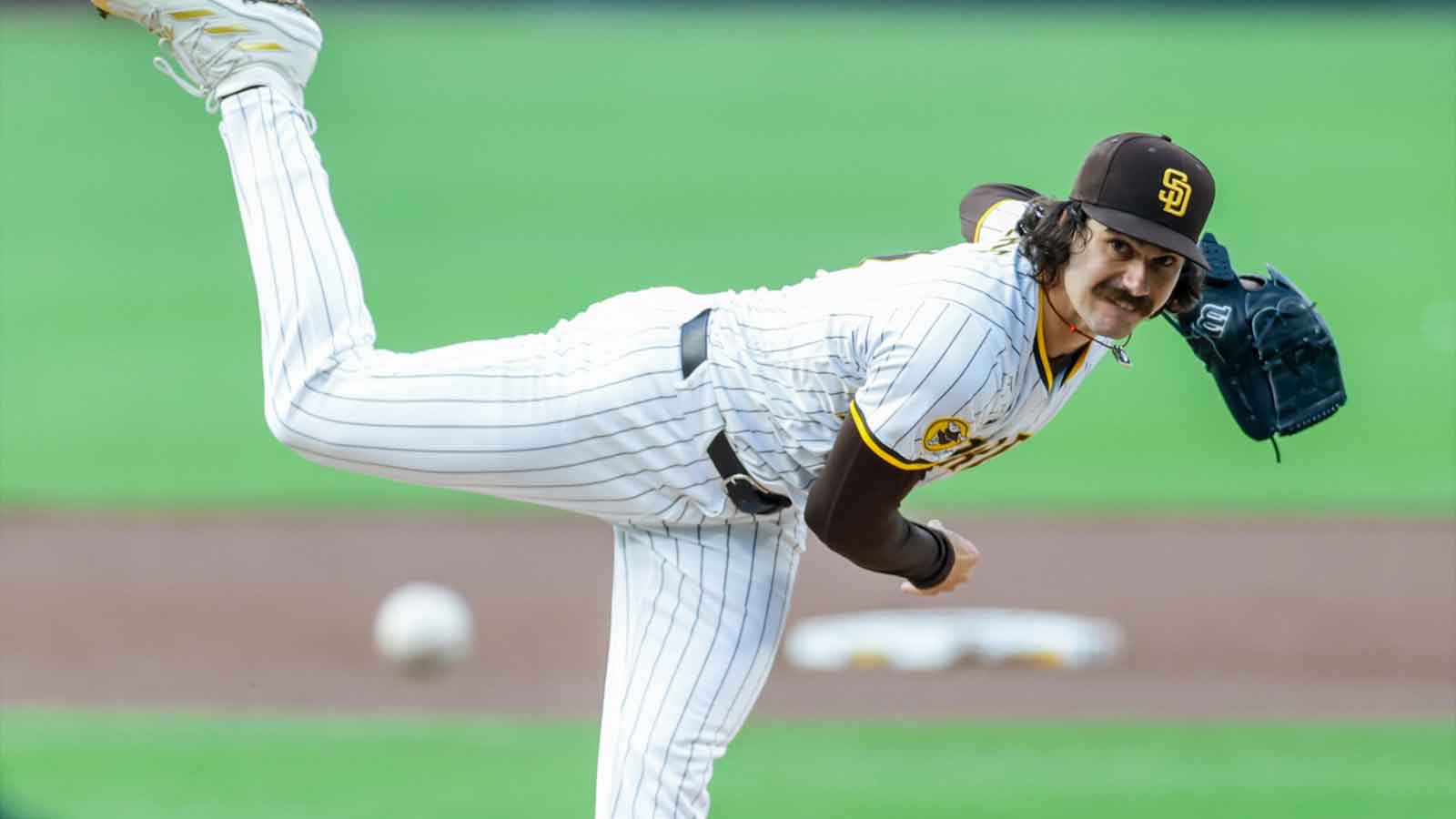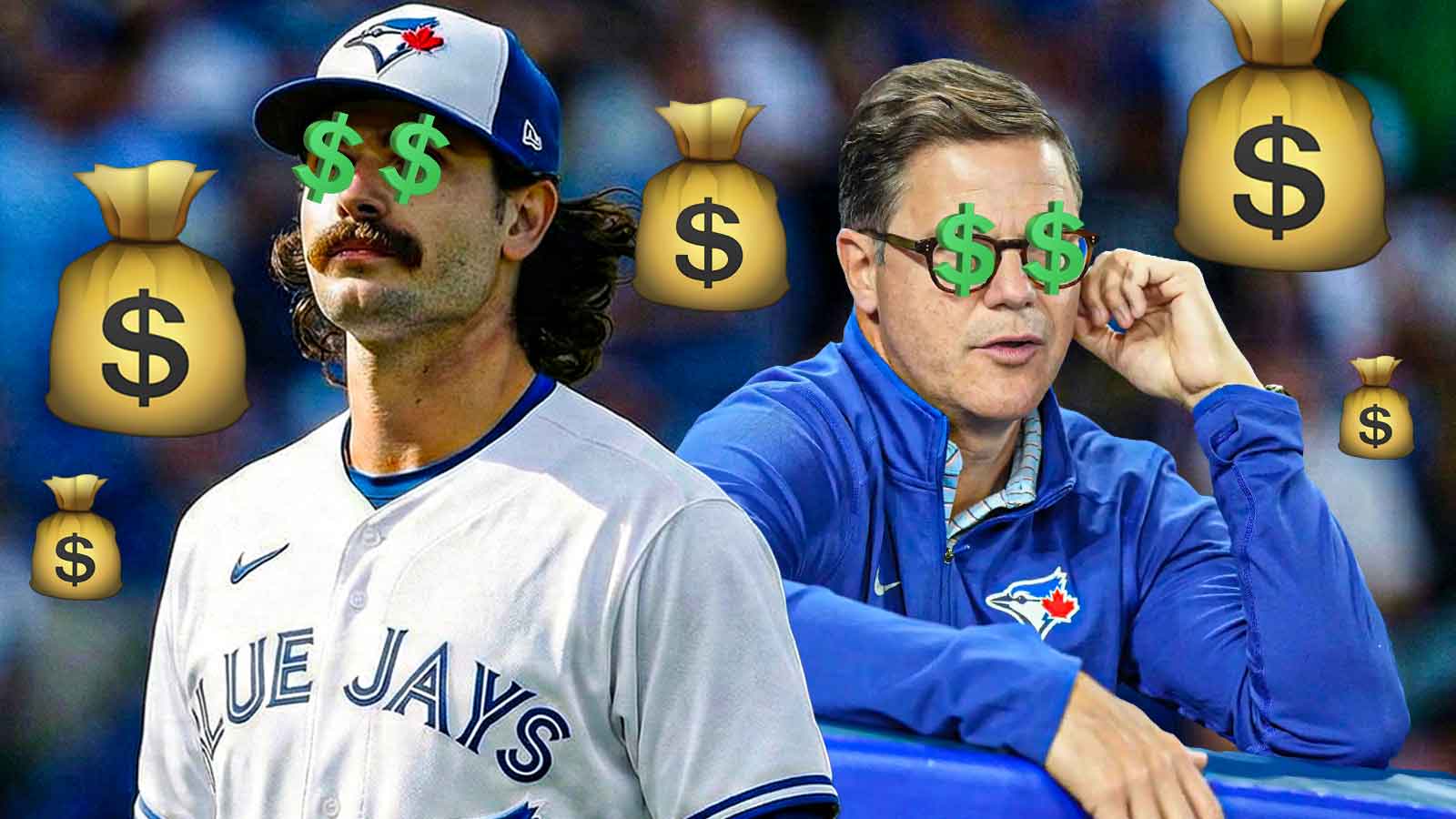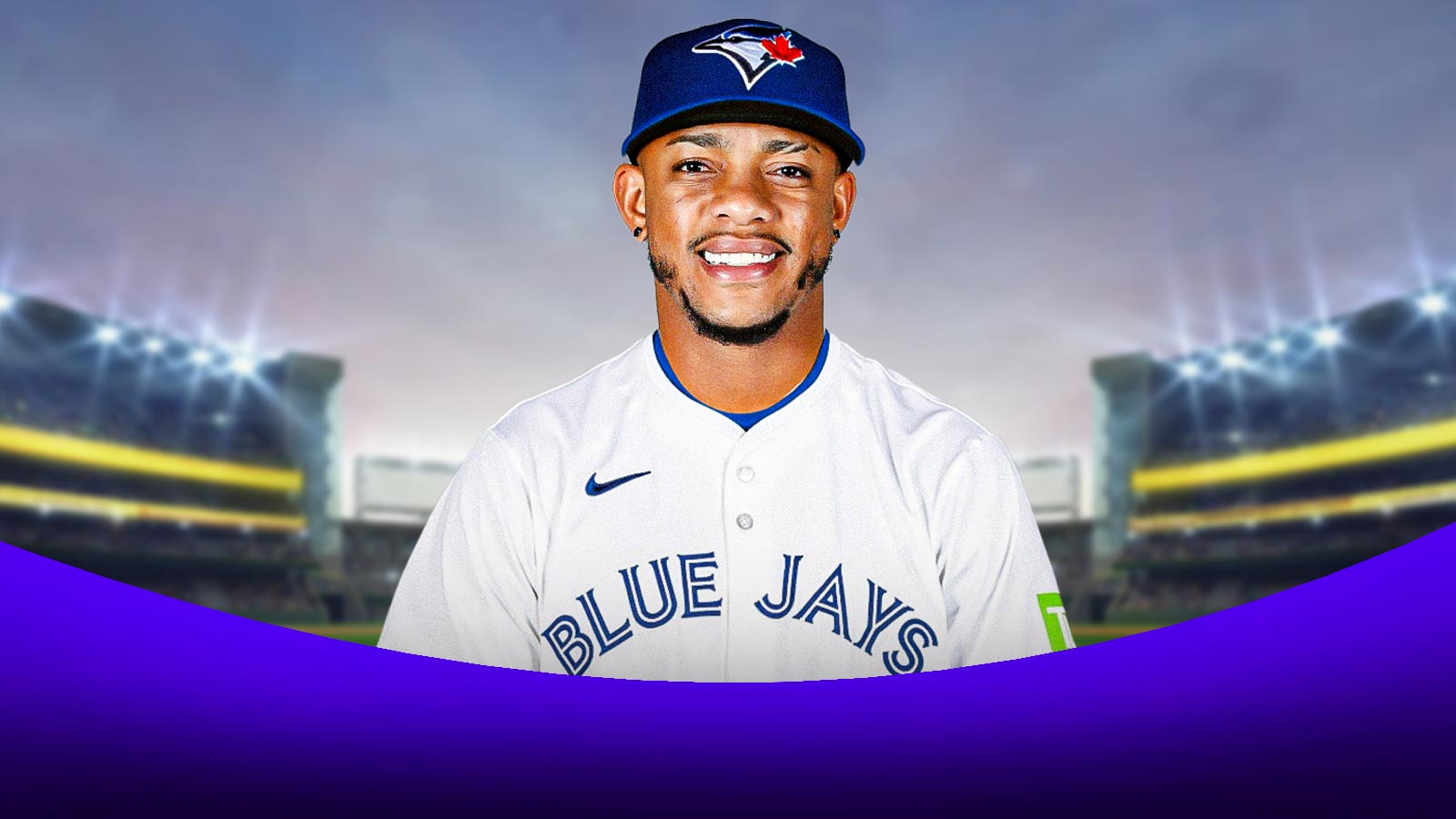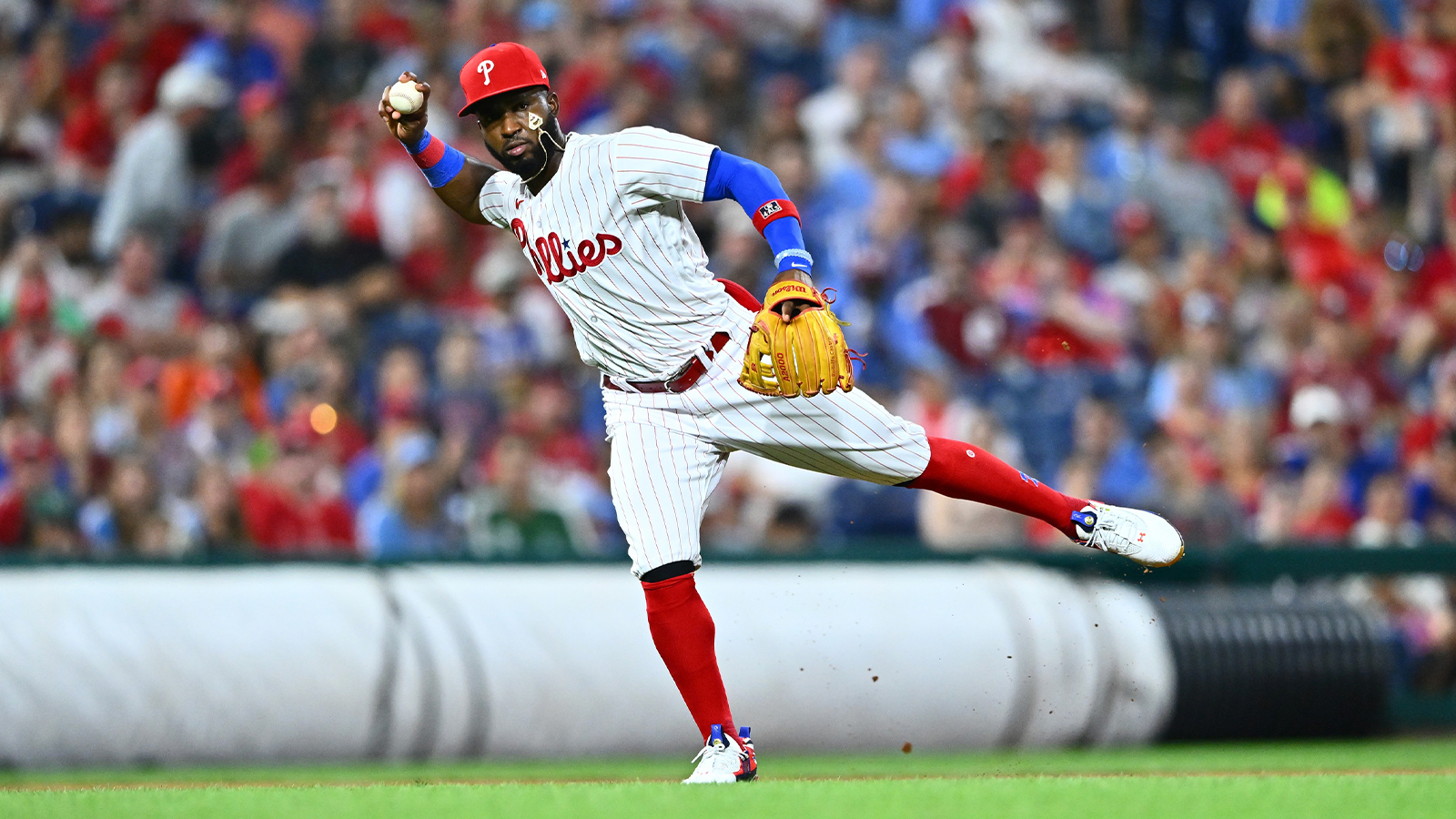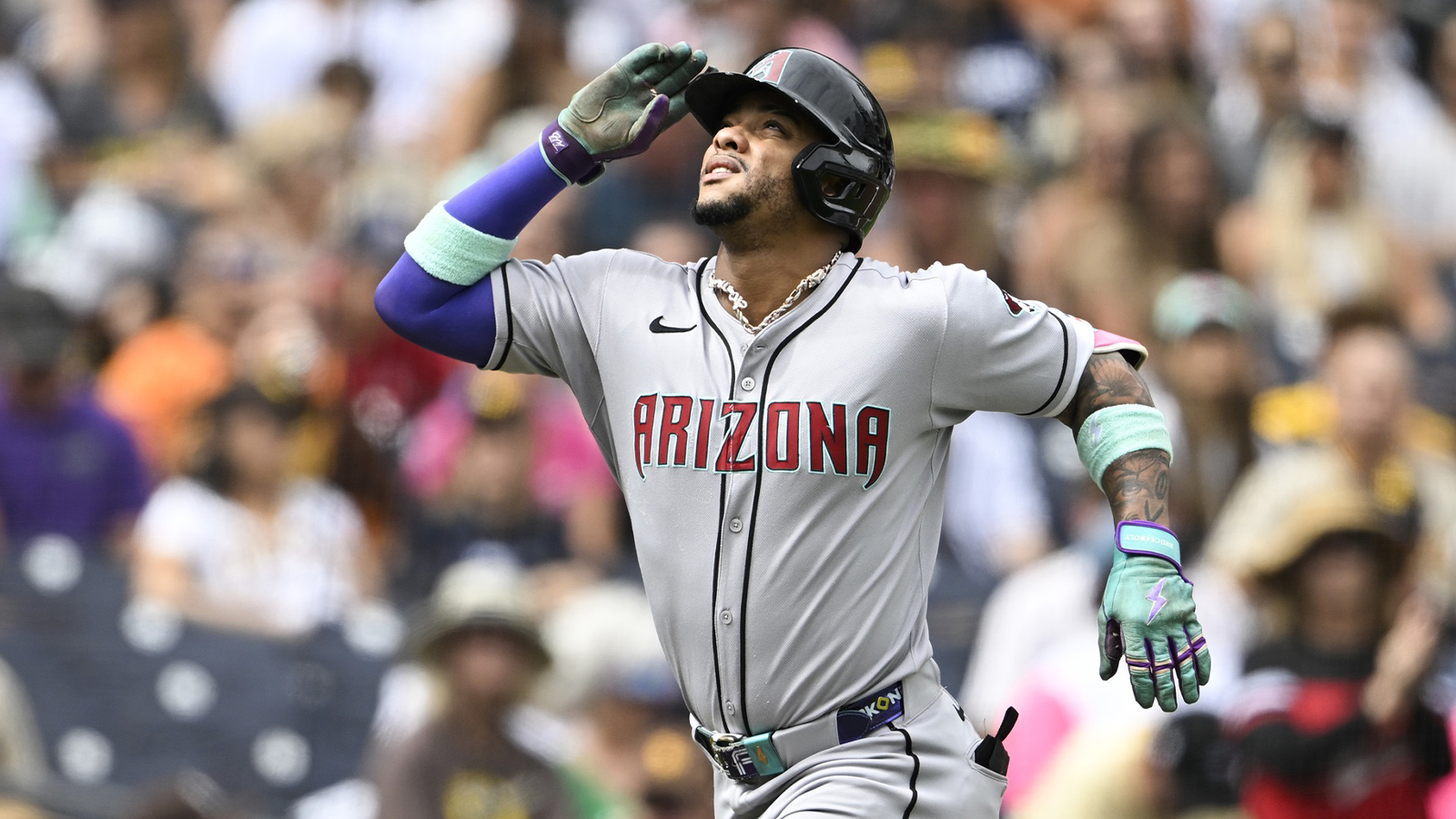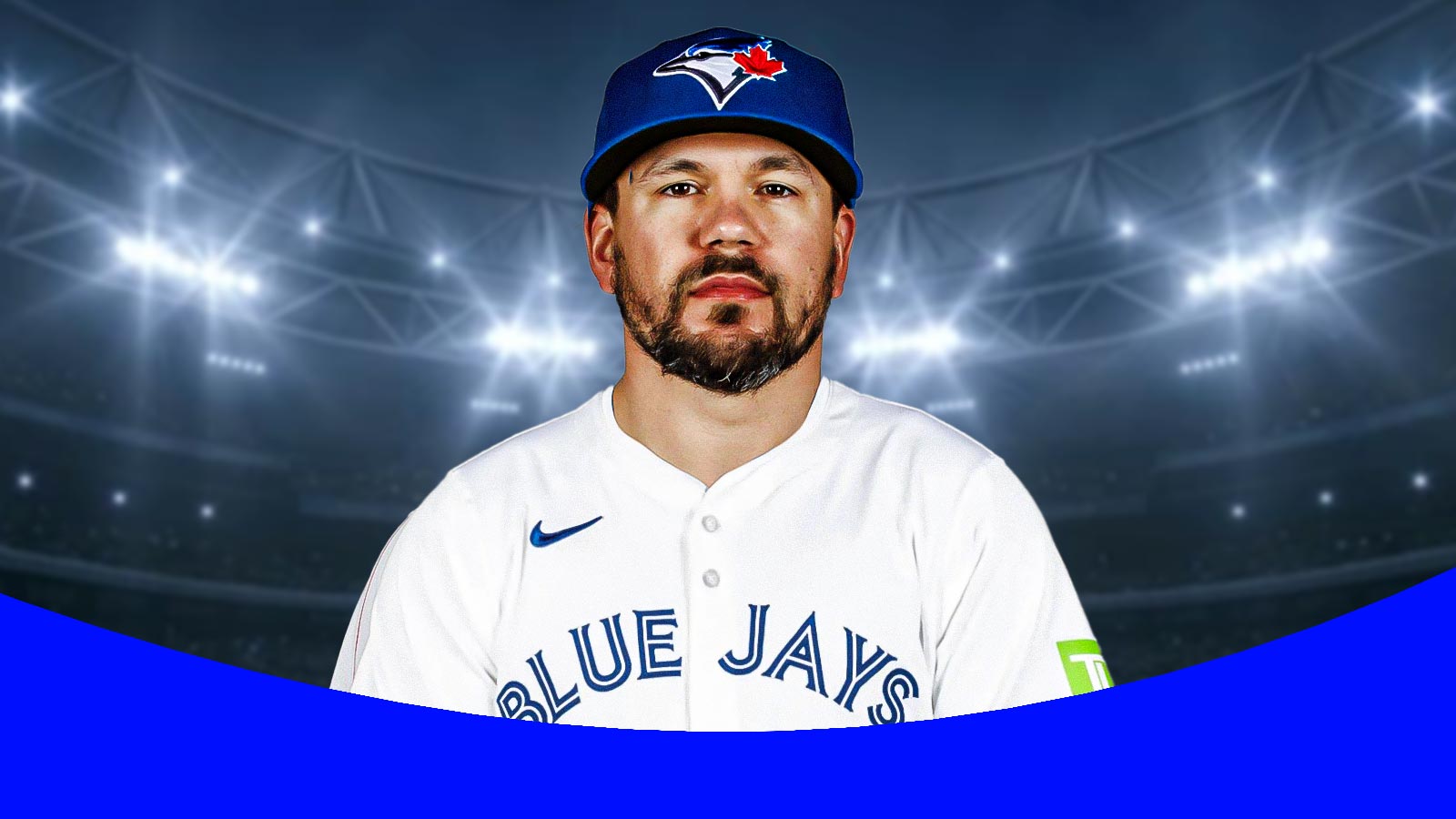For years, the Toronto Blue Jays were MLB’s sleeping giant. Outside of wonky Canadian taxes, they have always had the ingredients of a should-be contender—a vibrant and attractive city; a massive, rabid fanbase; an ownership group with potentially the deepest pockets in sports (the Blue Jays are owned by Rogers Communications, the biggest media and communications conglomerate in Canada). This season, though, the Blue Jays might just be giants, thanks to a loaded roster headlined by superstars like Vladimir Guerrero Jr. and Matt Chapman. Unsurprisingly, the Blue Jays entered this season with legitimate World Series aspirations—their lineup features seven former All-Stars and their starting rotation boasts five All-Stars to boot. Accordingly, the Blue Jays’ 21-15 record to start the season inspires an odd ambivalence; they’ve undoubtedly been one of the ten best teams in baseball, yet they sit fourth in their own division. Here are the main takeaways from the Blue Jays up-and-down start.
1. Matt Chapman is the MVP
Unless you’re Shohei Ohtani, it’s basically impossible to play better baseball than Blue Jays’ third baseman Matt Chapman has done to kick off the year. While Chapman was an MVP candidate in 2018 and 2019 when he was still with the Oakland Athletics, his performance at the plate has fluctuated over the last few years as he’s struggled to translate his prodigious power into consistent production. His average exit velocity has always ranked towards the tippy-top of the league, but he’s rarely made enough contact to capitalize on it. Tellingly, his 272 combined strikeouts across 2021 and 2022 are the second most in the American League over that time frame.
This year, though, he has terrorized pitchers. Whether it’s the banning of the shift or a mechanical tweak or merely dumb luck, Matt Chapman has evolved into the game’s most dangerous hitter. Through 36 games, the only possible knock on Chapman has been a relative paucity of home runs and RBIs, but it’s hardly any fault of his own; his OPS with men on base is 1.040, slightly higher than his AL-leading 1.033 OPS for the season. In nerd terms, his average exit velocity, hard hit percentage, expected weighted OBA, expected slugging percentage and barrel rate are all in the 100th percentile league-wide. In more accessible ones, he hits the God-fearing crud out of the ball.
Oh, and in case we forget, he’s also potentially one of the best defensive third basemen is the world. Unless Ohtani stays full-throttle all year or Aaron Judge somehow smacks another 60 dingers, the AL MVP is Matt Chapman’s award to lose.
2. Extend Vladimir Guerrero Jr.
When it comes to extending young superstars, yesterday’s price is not today’s price. Ever since the Atlanta Braves locked Ronald Acuna to a bargain-bin eight year, $100 million contract in 2019, players and their agents have wised up to how to extract value from teams looking to buy out a player’s arbitration years and first few years of free agency. As such, guys like Julio Rodriguez and Fernando Tatis locked up $300+ million mega deals after their rookie years while Corbin Carroll inked a $111 million deal with the Diamondbacks before even locking down a spot in the starting lineup. Even the famously miserly Rays have gotten in on the fun, agreeing to a franchise record 10 year, $183 million contract despite having played a mere 70 games in the Bigs at the time.
If all of Vladimir Guerrero Jr.'s peers have secured the bag, it’s only reasonable that he should do the same. Although Guerrero isn’t technically a free agent until 2026, haste is the surest way to avoid waste. Like the NFL, MLB contract negotiations are based on precedent; Guerrero’s deal will most likely closely resemble the 10 year, $313 million pact that Rafael Devers signed with the Boston Red Sox over the offseason. With every successive major extension, Guerrero’s price goes up. Four years ago, he would’ve been extendable for a similar price as Acuna. This season, the Blue Jays would have to shell out something in Devers’ range; next year, once Shohei Ohtani and Juan Soto shatter new contract records this winter, he'll be able to demand even more. Keeping Vladimir Guerrero Jr. in Toronto long-term is a necessity; the sooner the Blue Jays extend him, the cheaper and more painless it will be.
3. Dump Jose Berrios
Since the Blue Jays acquired Berrios from the Twins in a blockbuster deal at the trade deadline in 2021, Berrios has stunk. In 51 starts with the Blue Jays, Berrios sports a 4.78 ERA, a whopping 17 percent increase from his career average in Minnesota. When Berrios was with the Twins, he was widely regarded as one of the filthiest pitchers alive, pairing a dastardly slurve and change-up with a 95 mile per hour heater. But whereas Berrios was once able to lean on all three of his pitches, his fastball has become borderline unthrowable. This year, opponents have a .704 slugging percentage against Berrios’ fastball. For reference, Aaron Judge slugged .686 last season. In essence, Berrios’ fastball turns every hitter into the equivalent of the greatest hitter of this generation. Sounds bad!

